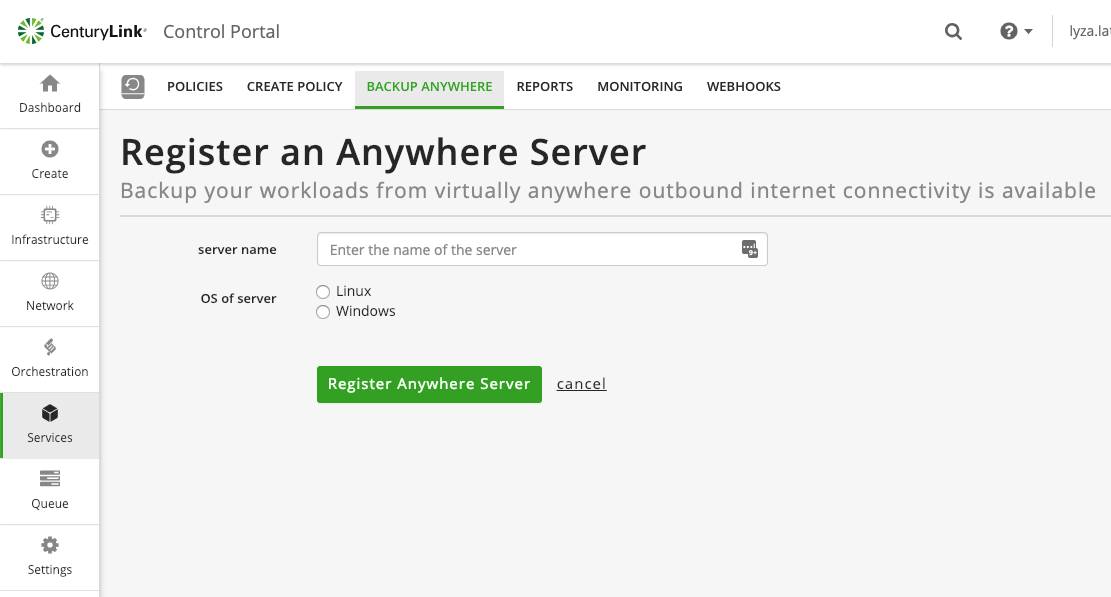
- CENTURYLINK EMAIL SIGN IN MALWARE ATTACHED HOW TO
- CENTURYLINK EMAIL SIGN IN MALWARE ATTACHED UPDATE
- CENTURYLINK EMAIL SIGN IN MALWARE ATTACHED DOWNLOAD
After establishing a relationship and building trust, the scammer will ask their victim for money. They may also contact victims through social media sites. Not only do romance scams cause financial harm, but they are also emotionally devastating for their victims.Ī romance scammer begins by creating a fake profile on a dating site or app. These online scams are also incredibly common, happening 50 times a day on average. In 2019, the Federal Trade Commission reported $201 million lost to romance scams. Use multifactor authentication for your accounts.īuilding relationships is all about trust and connections, and fraudsters are quick to take advantage of this, especially since finding love or companionship is just a click away online.
CENTURYLINK EMAIL SIGN IN MALWARE ATTACHED UPDATE
CENTURYLINK EMAIL SIGN IN MALWARE ATTACHED DOWNLOAD

They also can edit the To and From addresses to make them look like they are coming from someone legitimate. It isn’t difficult for phishers to create official looking emails, scraping the logos and style of company emails to make them look as real as possible.

Phishers use a variety of methods, but usually they come from sources you think you trust, like your bank, your CEO, or a service you have an account with. Scammers are even beginning to use text messages, which is known as smishing. Phishers will try to get victims to click on a link or open an attachment (usually loaded with malware). Phishing attempts to obtain sensitive information, like logins and financial information. Phishing attacks use official-looking email messages and websites to get you to share personal information and can happen in personal or business settings. In the last year, phishing attempts have grown by 65%, and it is the most common online scam.
CENTURYLINK EMAIL SIGN IN MALWARE ATTACHED HOW TO
Learn how to recognize these three common online scams and what to do if you encounter one as you surf the web.

The best way to prevent online scams is by being aware of the tactics used to trick people online, watching out for the signs, and managing your online security. Some of the most prevalent tactics include sending lookalike emails, building fake relationships, and pretending to offer technical support - all with the intention of gaining access to financial or other important information. Scammers and fraudsters take advantage of millions of people every year, and in 2019 alone, 60% of Americans were victims of online scams.Ĭriminals are creative and have several techniques to take advantage of victims online.


 0 kommentar(er)
0 kommentar(er)
